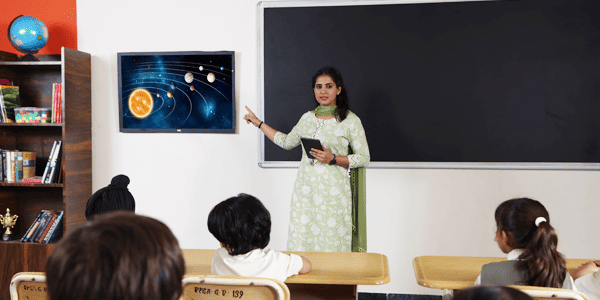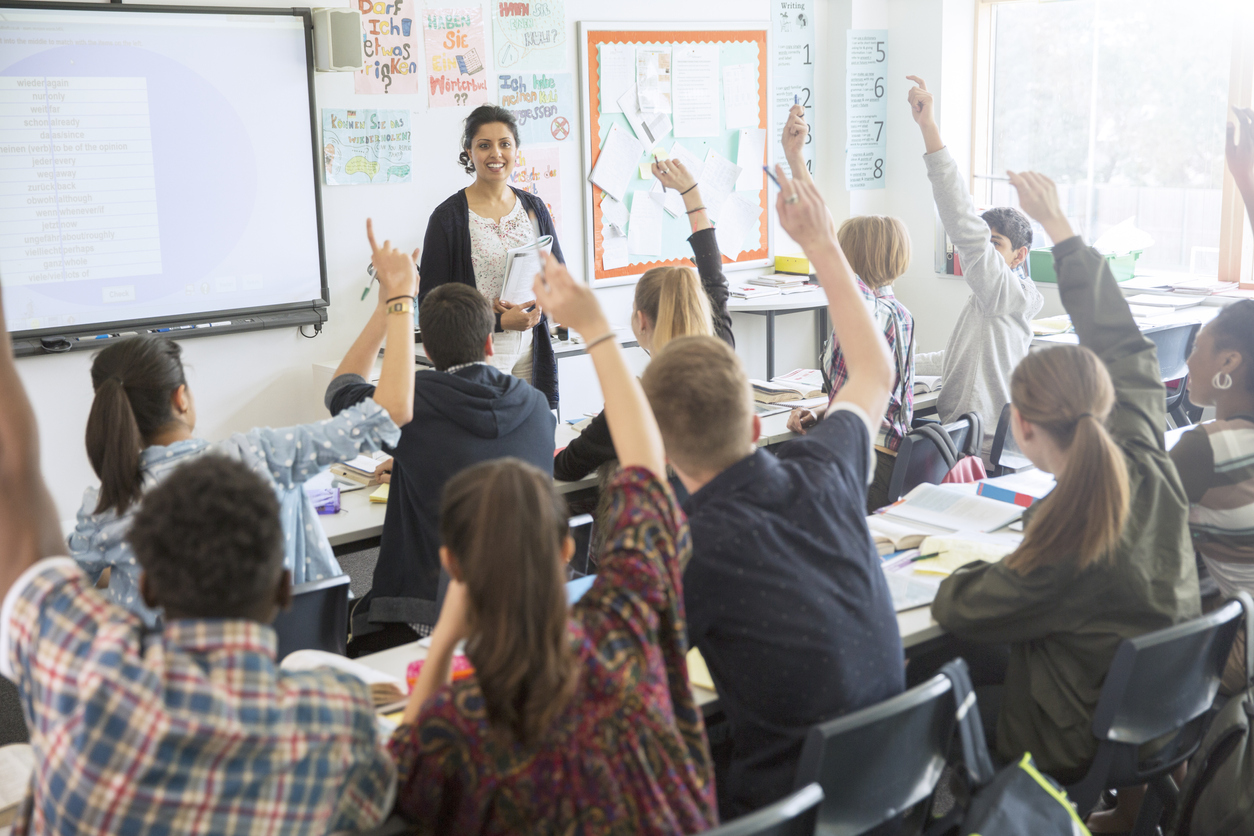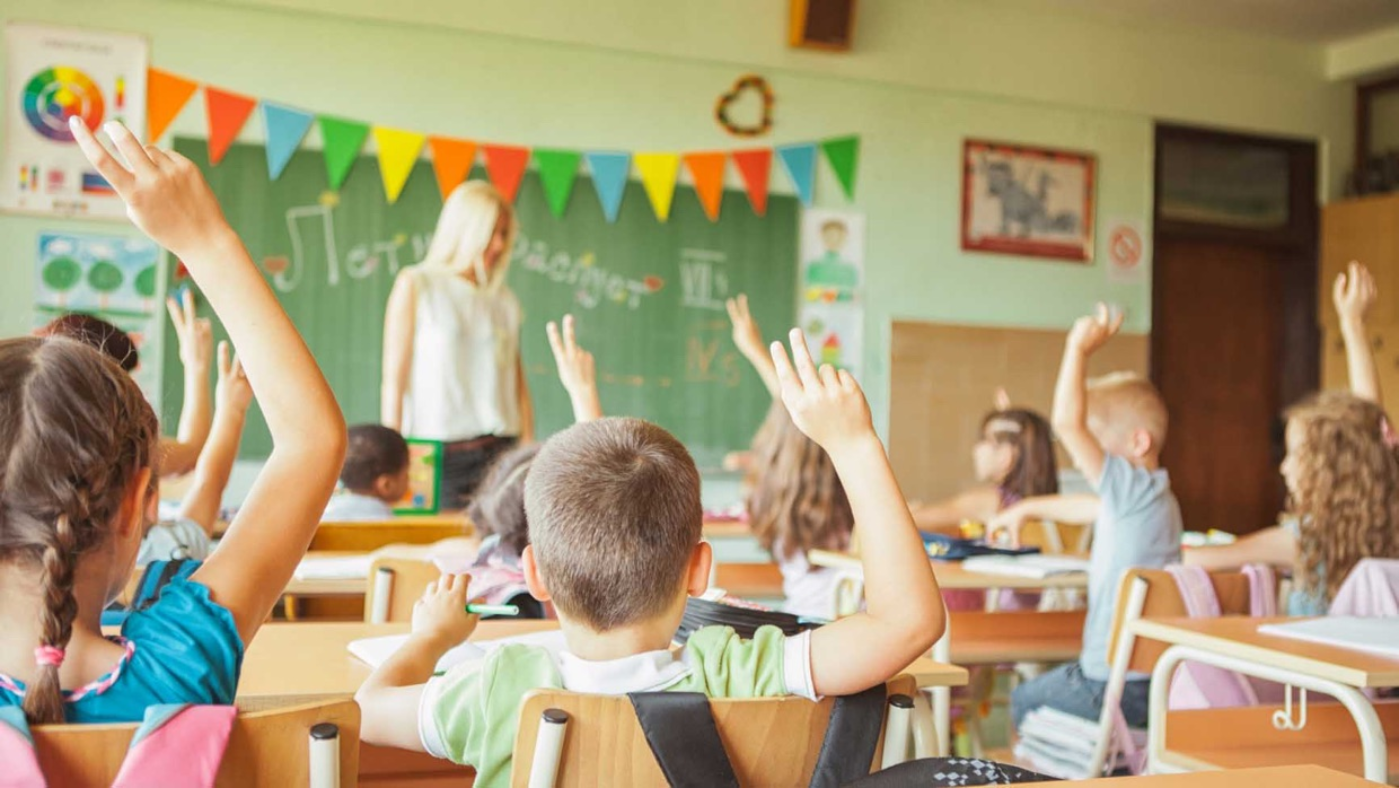The Best Primary Science Tuition Singapore for Effective Learning Methods
The Best Primary Science Tuition Singapore for Effective Learning Methods
Blog Article
Checking Out the Different Teaching Approaches in Key Science Education Today
The landscape of main scientific research education is developing, with various training techniques obtaining prestige in contemporary classrooms. Inquiry-based knowing, hands-on experiments, and the combination of innovation are redefining how instructors involve young minds. Furthermore, joint techniques and distinguished direction are being utilized to satisfy the varied requirements of pupils, boosting both interaction and understanding. As we examine these techniques, inquiries arise concerning their effectiveness and the effects for future instructional techniques. What might these shifts in strategy mean for the future generation of learners?
Inquiry-Based Learning
Inquiry-Based Learning (IBL) is an instructional approach that encourages students to explore scientific ideas via doubting, examination, and hands-on experimentation. This approach highlights the duty of students as active participants in their learning, promoting essential thinking and problem-solving skills. By involving with real-world questions, students end up being curious and inspired, which enhances their understanding of scientific principles.
In IBL, teachers function as facilitators, guiding trainees as they browse their inquiries as opposed to providing details straight. This student-centered technique enables distinction, suiting numerous learning styles and rates. Trainees create abilities in developing theories, making experiments, and analyzing data, which are important for scientific literacy.
Additionally, IBL fosters cooperation among pupils, motivating them to share findings and ideas. This cumulative inquiry advertises social skills and a feeling of area within the classroom. In addition, the process of questions encourages resilience, as trainees learn to accept failing as a tipping rock towards understanding.
Hands-On Experiments
Hands-on experiments are an important element of efficient scientific research education, enhancing the concepts of inquiry-based discovering. These experiments allow trainees to engage straight with clinical principles, fostering a deeper understanding with experiential learning. By controling products and observing end results, young learners can realize abstract theories in concrete means.
Such tasks advertise important thinking and problem-solving abilities, as trainees hypothesize end results, conduct experiments, and evaluate outcomes. This process motivates them to ask inquiries, refine their understanding, and develop a scientific attitude. Hands-on experiments can be customized to diverse learning designs, making certain that all students have the opportunity to involve meaningfully with the material.
Moreover, hands-on experiments typically encourage cooperation amongst peers, advertising synergy and interaction skills. Working in groups allows pupils to share concepts, review findings, and pick up from one another, which improves their total academic experience.
Integrating hands-on experiments right into the primary science curriculum not only enriches the finding out setting but additionally grows a lifelong rate of interest in science. By actively joining their education and learning, students are much more likely to develop an enthusiasm for clinical query that prolongs beyond the class.

Innovation Combination
Integrating innovation into primary science education and learning has actually come to be significantly crucial in cultivating student interaction and improving discovering outcomes. Using digital devices, such as interactive simulations, virtual laboratories, and academic software program, provides students with possibilities to explore clinical principles in cutting-edge means. These resources help with a deeper understanding of complex topics by permitting students to imagine and adjust variables that would be unwise in a standard classroom setup.
Moreover, technology assimilation encourages individualized finding out experiences. Trainees can progress at their very own pace, taking another look at tough concepts via multimedia resources, which provide to various learning designs. This adaptability not just supports specific growth yet also grows a sense of freedom in learners.
Furthermore, modern technology functions as a bridge to real-world science, attaching students with present study and expert contributions. Access to scientific journals and on-line data sources widens pupils' point of views on clinical inquiry and fosters vital thinking skills.
Collaborative Discovering
Collective discovering plays a vital duty in main scientific research education and learning by promoting synergy and communication skills among students. This method motivates students to work together, share understanding, and involve in analytical, which boosts their understanding of scientific concepts. By taking part in team activities, trainees discover to verbalize their concepts, pay attention to diverse viewpoints, and bargain remedies, every one of which are important skills in both real-world and academic contexts.

Research indicates that joint knowing can lead to boosted inspiration and interaction in science topics, as pupils find satisfaction in shared experiences (primary science tuition Singapore). Additionally, this approach prepares pupils for future collaborative endeavors, equipping them with the skills necessary for reliable synergy in college and expert environments. Ultimately, accepting collaborative understanding in key scientific research education and learning can substantially enrich the knowing experience and advertise a much deeper understanding of this website clinical inquiry
Distinguished Guideline

Differentiated direction can materialize in various means, such as varying the content, procedures, or products of knowing. Teachers might make use of tiered tasks that provide differing levels of complexity, permitting pupils to function at their corresponding preparedness degrees. Furthermore, flexible grouping approaches can facilitate cooperation among pupils with different capacities, cultivating peer knowing.
Assessment plays a critical role in this technique, as it informs direction and helps teachers comprehend each pupil's one-of-a-kind requirements. Formative analyses, such as observations and tests, can lead instructors in readjusting their strategies to boost learning end results. primary science tuition Singapore. Eventually, by applying distinguished direction in main scientific research education, educators can grow a more fair and reliable discovering environment, encouraging all trainees to reach their full possibility in understanding scientific sensations
Final Thought
In summary, the diverse training techniques in main science education, including inquiry-based knowing, hands-on experiments, technology integration, collaborative knowing, and set apart direction, jointly contribute to a more efficient learning environment. These approaches promote essential thinking, analytical abilities, and a deeper understanding of clinical ideas. By implementing these techniques, instructors can develop supportive and engaging classrooms that deal with the varied needs of trainees, inevitably promoting a long-lasting interest in scientific research and boosting scholastic achievement.
Inquiry-Based Understanding (IBL) is a pedagogical method that motivates students to explore scientific principles via wondering about, investigation, and hands-on experimentation.Joint understanding plays a crucial function in key scientific research education by fostering synergy and interaction skills among students.Study suggests that collaborative understanding try this site can lead to raised inspiration and interaction in science topics, as students locate enjoyment in common experiences.In promoting a comprehensive discovering environment, separated direction arises as a crucial strategy to fit the diverse needs and capacities of trainees in key science education and learning. Ultimately, by implementing set apart instruction in key science education, instructors can grow a more efficient and fair knowing environment, equipping all pupils to reach their full capacity in recognizing scientific phenomena.
Report this page